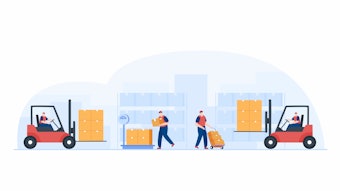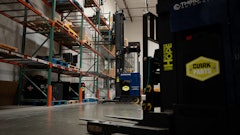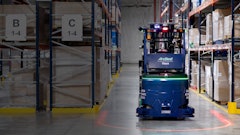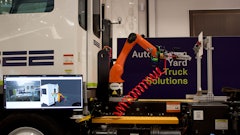
FORTNA introduces its innovative Goods-to-Person (GTP) e-Commerce Assessment Calculator. This tool provides businesses across industries with a comprehensive analysis of potential labor savings achievable by integrating goods-to-person technologies.
In light of the unprecedented growth of e-Commerce and escalating labor costs, companies are struggling to maintain operational efficiency and profitability. The FORTNA GTP calculator arrives as a way for warehouse operators to better plan around the challenges of recruiting, training and retaining a capable workforce.
“Using GTP for labor savings, better ergonomics, improved cycle time and space savings for e-Commerce has moved into the realm of table stakes.” says Russ Meller, chief scientist, FORTNA. “Our GTP calculator moves beyond generalities to specifics – it provides estimated, long-term labor savings that a properly designed goods-to-person solution can bring to a business, reflecting some of the most pressing tradeoffs. So, although designing a system will take more investigation, the calculator can quickly represent what you are leaving on the table by not having a GTP installed today.”
Key Takeaways:
- The FORTNA Goods-to-Person e-Commerce Assessment Calculator empowers companies to make strategic decisions by quantifying the tangible benefits and labor savings of automating their fulfillment processes.
- The calculator is a response to the increasing need for businesses to advance beyond traditional methods and harness the efficiency that technology offers for picking productivity. The GTP e-Commerce Assessment Calculator allows users to adjust various entries to reflect their specific operational context, delivering personalized 10-year labor savings forecasts by leveraging goods-to-person technologies.


























